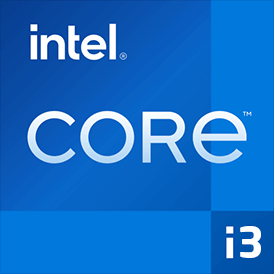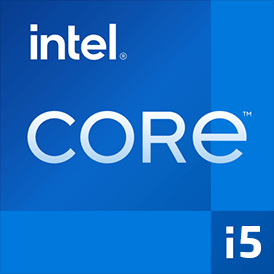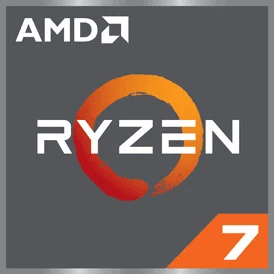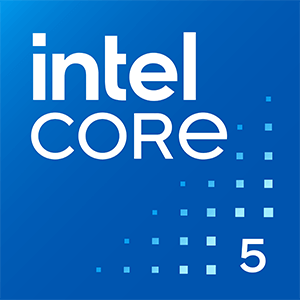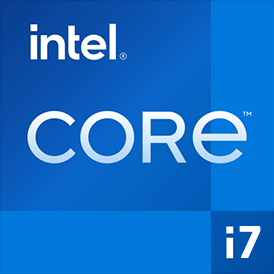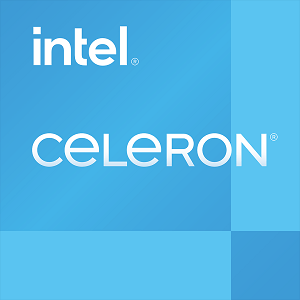Apple M1 vs Intel Processor N200
We compared two laptop CPUs: Apple M1 with 8 cores 2.1GHz and Intel Processor N200 with 4 cores 1.0GHz . You will find out which processor performs better in benchmark tests, key specifications, power consumption and more.
Main Differences
Apple M1 's Advantages
Better graphics card performance
Larger memory bandwidth (68.25GB/s vs 38.4GB/s)
Newer PCIe version (4.0 vs 3.0)
More modern manufacturing process (5nm vs 10nm)
Intel Processor N200 's Advantages
Released 2 years and 2 months late
Higher specification of memory (4800 vs 4266)
Lower TDP (6W vs 14W)
Score
Benchmark
Cinebench R23 Single Core
Apple M1
+63%
1513
Intel Processor N200
924
Cinebench R23 Multi Core
Apple M1
+160%
7782
Intel Processor N200
2988
Geekbench 6 Single Core
Apple M1
+76%
2231
Intel Processor N200
1262
Geekbench 6 Multi Core
Apple M1
+197%
8035
Intel Processor N200
2701
Geekbench 5 Single Core
Apple M1
+67%
1757
Intel Processor N200
1047
Geekbench 5 Multi Core
Apple M1
+164%
7742
Intel Processor N200
2925
Passmark CPU Single Core
Apple M1
+75%
3717
Intel Processor N200
2120
Passmark CPU Multi Core
Apple M1
+150%
14218
Intel Processor N200
5669
General Parameters
Nov 2020
Release Date
Jan 2023
Apple
Manufacturer
Intel
Laptop
Type
Laptop
ARMv8
Instruction Set
x86-64
Icestorm and Firestorm
Core Architecture
Alder Lake
-
Processor Number
N200
Apple M-Socket
Socket
BGA-1264
Apple M1 GPU
Integrated Graphics
UHD Graphics (32 EU)
Package
16 billions
Transistor Count
-
5 nm
Manufacturing Process
10 nm
14 W
Power Consumption
6 W
-
Peak Operating Temperature
105°C
CPU Performance
8
Performance Cores
-
8
Performance Core Threads
-
2.1 GHz
Performance Core Base Frequency
3.2 GHz
Performance Core Turbo Frequency
-
-
Efficiency Cores
4
-
Efficiency Core Threads
4
-
Efficiency Core Base Frequency
1.0 GHz
-
Efficiency Core Turbo Frequency
3.7 GHz
8
Total Core Count
4
8
Total Thread Count
4
-
Bus Frequency
100 MHz
-
Multiplier
10
192 K per core
L1 Cache
96 K per core
12 MB shared
L2 Cache
2 MB shared
-
L3 Cache
6 MB shared
No
Unlocked Multiplier
No
Memory Parameters
LPDDR4X-4266
Memory Types
DDR5-4800, DDR4-3200, LPDDR5-4800
16 GB
Max Memory Size
16 GB
2
Max Memory Channels
1
68.25 GB/s
Max Memory Bandwidth
38.4 GB/s
No
ECC Memory Support
No
Graphics Card Parameters
true
Integrated Graphics
true
450 MHz
GPU Base Frequency
300 MHz
1278 MHz
GPU Max Dynamic Frequency
750 MHz
1024
Shader Units
256
64
Texture Units
16
32
Raster Operation Units
8
128
Execution Units
32
15 W
Power Consumption
45 W
6016x3384 - 60 Hz
Max Resolution
-
2.6 TFLOPS
Graphics Performance
0.74 TFLOPS


